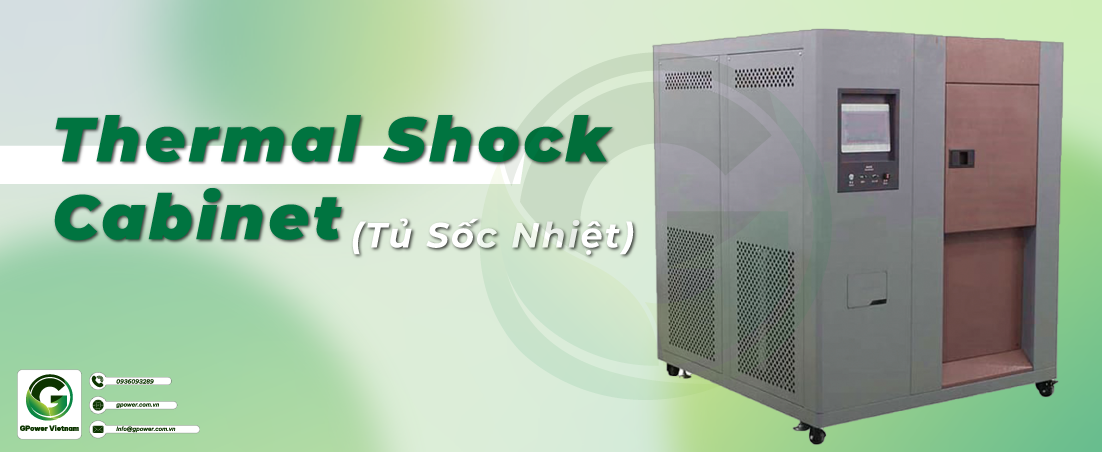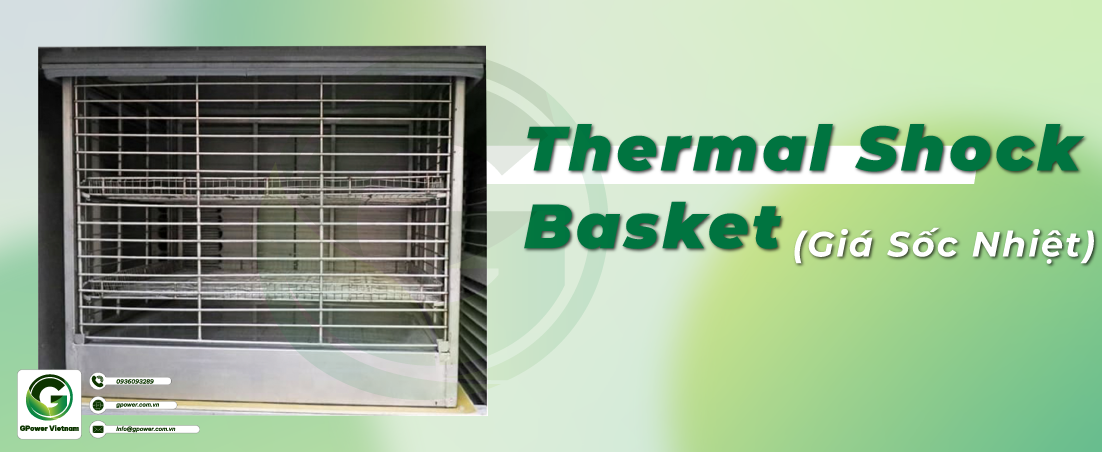1. What is a Thermal Shock Chamber
Thermal shock chambers are climatic chambers for thermal shock testing that are utilized to put the material to serious shocks. This is accomplished through the repeated and sudden passage to low temperature areas from high temperatures to ascertain defective parts or those contingents upon infantile mortality (primarily in the electronics industry).
The material is put inside a mobile basket that carries it to a hot compartment from a cold compartment and also vice versa for multiple cycles. These chambers contain two test compartments or more and the movement of the material from one to the other is done very quickly (typically within 10 seconds).
The test compartment’s temperature and the testing means depend on the standard’s needs that determine the exact cycle to be carried out. The purpose of these tests is to inspect the reaction of the product when it is put under a thermal shock. In these instances, the material may heat up or cool with differing speeds in differing parts reliant on the material. If this relates to a huge contraction in volume or increase, the sample may suffer huge mechanical stress, thus leading to failure.
One needs easily to consider electronic boards utilized for aeronautics for which being reliable is an unequivocally crucial prerequisite. Faults may happen in the electronic boards during a serious thermal shock. That is if the shock is bigger than the maximum material resistance. Possible issues that may rise in defective materials are the breaking of pins or the welds failure if the material utilized have differing coefficients of thermal expansion.
The usage of a thermal shock chamber is important to realize possible defects in products. Also their production process or components and to function, before the production begins, all the required adjustments to raise product performance.
2. Construction of a Thermal Shock Chamber
Thermal Shock Chamber involves:
2.1. Thermal shock cabinet
The cabinet is constructed of galvanized steel. On the right there is a control cabinet and the refrigeration cabinet is at the back. There are two lower and upper doors in front. These are the low temperature test zone and the high temperature test zone. The insulating substance is polyurethane foam and glass wool, ultra-fine, which has excellent thermal insulation attributes. The lowermost is a steel channel structure with proper load enduring performance. In order to accommodate the handling and movement of the machine, the base is furnished with support feet and casters.

2.2. High temperature tank
The high temperature tank is positioned in the upper portion of the test chamber. Since high temperatures are able to alter the physical attributes or measurements of the materials utilized in the high temperature tank, these materials must meet the needs for usage in extreme temperature environments. It is constructed of 1.0mm 304 grade low and high temperature resistant stainless steel, which is durable.
The high temperature tank front is a high temperature test zone for usage in high temperature testing or thermal shock testing.
A circulating air duct is behind the tank, with a rotating fan, heating, and device impeller. Air is heated inside and airflow in the front test area is distributed for cyclic testing. When a test product is placed in the low temperature area, the tank is in a heat storage state. And when the sample is moved from the low temperature area, high temperature test mode can be reinstated in a short while.
2.3. Low temperature tank
The low temperature tank is positioned on the lower part of the test chamber. Since low temperatures negatively affect almost every matrix material, the materials utilized in the low temperature tank should adhere to the requirements for usage in a low temperature environment. It is also constructed from 1.0mm thick 304 grade low & high temperature resistant stainless steels, which is durable.
The face of the low temperature tank is a test zone for low temperature for usage in low thermal shock test or low temperature test. A circulation duct is at the back low temperature tank, furnished with an impeller, a circulating fan, a heating device, a regenerator and an evaporator. Through the evaporator, air absorbs heat, it attains the low temperature needed by the test, and the flow of air in the air duct and the test zone are joined into one, and the cycle test is done.
When the test material is put in a high temperature area, the tank is in a cold storage mode. And when the sample is transferred from the high temperature area, low temperature test mode may be restored in a brief time.
2.4. Thermal shock basket
Inside the basket, there are 2 sample racks. The location of the sample holder is shiftable up and down. The basket is constructed from a 304 grade stainless steel tubular square. The bottom and top are sealed plates that function to seal the low temperature area and the high temperature area. The sealing part is done by a silicone belt. Furthermore, it does not warp under low and high thermal shock situations, and the sealant performance is good.
The motion of the basket in the low and high temperature areas is driven by a cylinder. The collaboration of the cylinder, the roller and the wire rope is utilized for pulling the basket to do the temperature impact test. This prevents the drawbacks of the deformation of the casing and movements of the conventional motor.
When the basket ascends to a high temperature test area, the tension on the lower portion of the lift and the low and high temperature area is compressed by the hauling force of the cylinder to act as a sealing method.
When the basket shifts to a low temperature test zone, the separator between the uppermost part and the low and high temperature zone is compressed by the weight of the slacking basket to act as a sealing method. The hanging basket seal quality affects test performance directly.

3. Materials used for Thermal Shock Chambers
The materials used in making thermal shock chambers include: galvanized steel, 304 stainless steel.
The primary reasons manufacturers choose these materials are:
-
- Longevity (galvanized steel has a lifespan of 20 years when frequently exposed to water and up to 100 years under normal conditions)
-
- Strength, rust resistance, corrosion resistance
-
- Easy to weld, shape
-
- Tolerance to high and low temperatures (for 304 steel)
References





